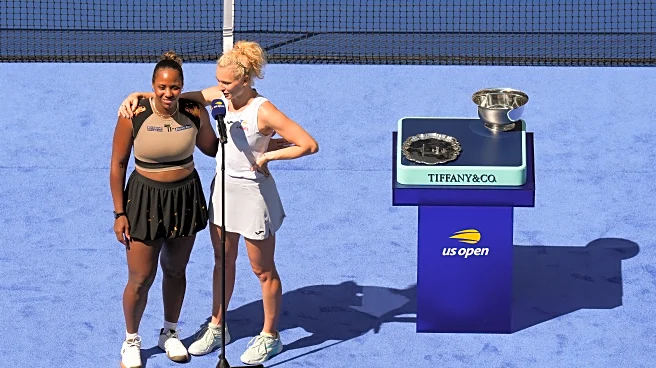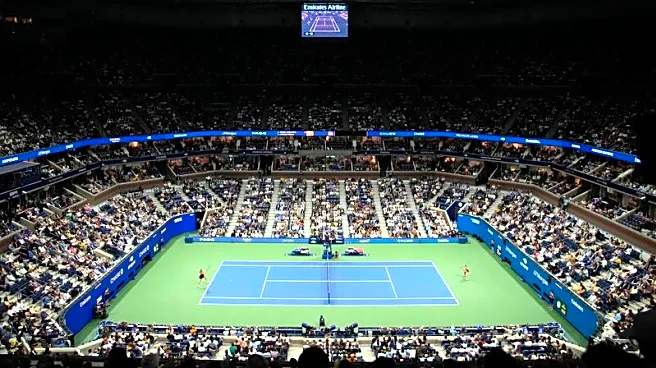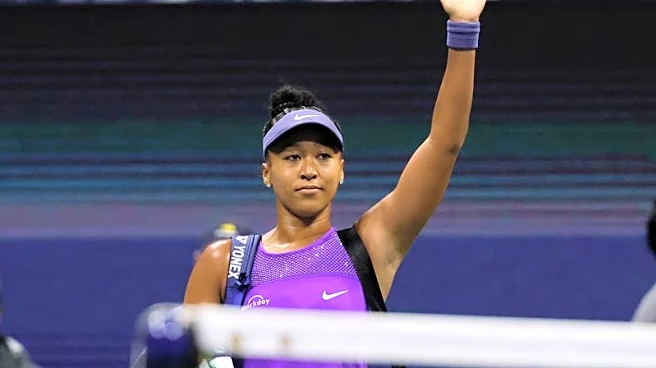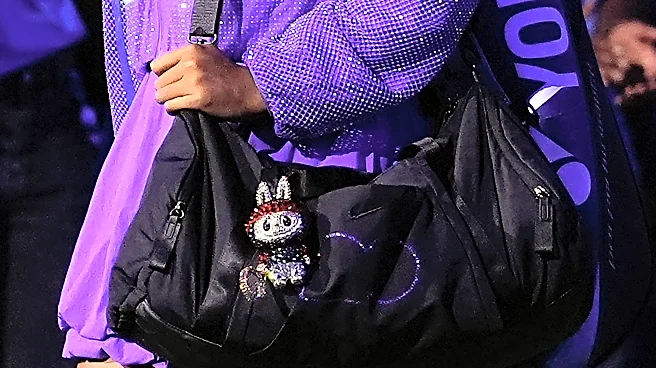What's Happening?
The US Open, traditionally known as a major tennis tournament, has evolved into a lifestyle event characterized by high prices and influencer culture. The tournament now features expensive food and drink options, such as the $23 Honey Deuce cocktail and $100 caviar-topped chicken nuggets, which have become symbols of the event's transformation. The US Open has expanded its schedule and infrastructure, including a $250 million Player Performance Center, to accommodate the growing festival-like atmosphere. The event attracts celebrities and influencers, who contribute to its branding and social media presence.
Why It's Important?
The transformation of the US Open reflects broader trends in sports and entertainment, where events are increasingly marketed as cultural experiences rather than purely athletic competitions. This shift has implications for the accessibility and affordability of the tournament, as high prices may exclude traditional fans. The focus on influencer culture and social media engagement highlights the importance of attention economy in modern sports marketing. The US Open's evolution may influence other sporting events to adopt similar strategies, impacting the industry and fan experiences.
Beyond the Headlines
The commodification of the US Open raises questions about the balance between tradition and modernity in sports. While the event's transformation may attract new audiences, it also challenges the notion of sports as a communal experience. The emphasis on consumption and branding may lead to ethical considerations regarding the commercialization of sports and its impact on fan engagement. The US Open's evolution serves as a case study for the intersection of sports, culture, and commerce.













